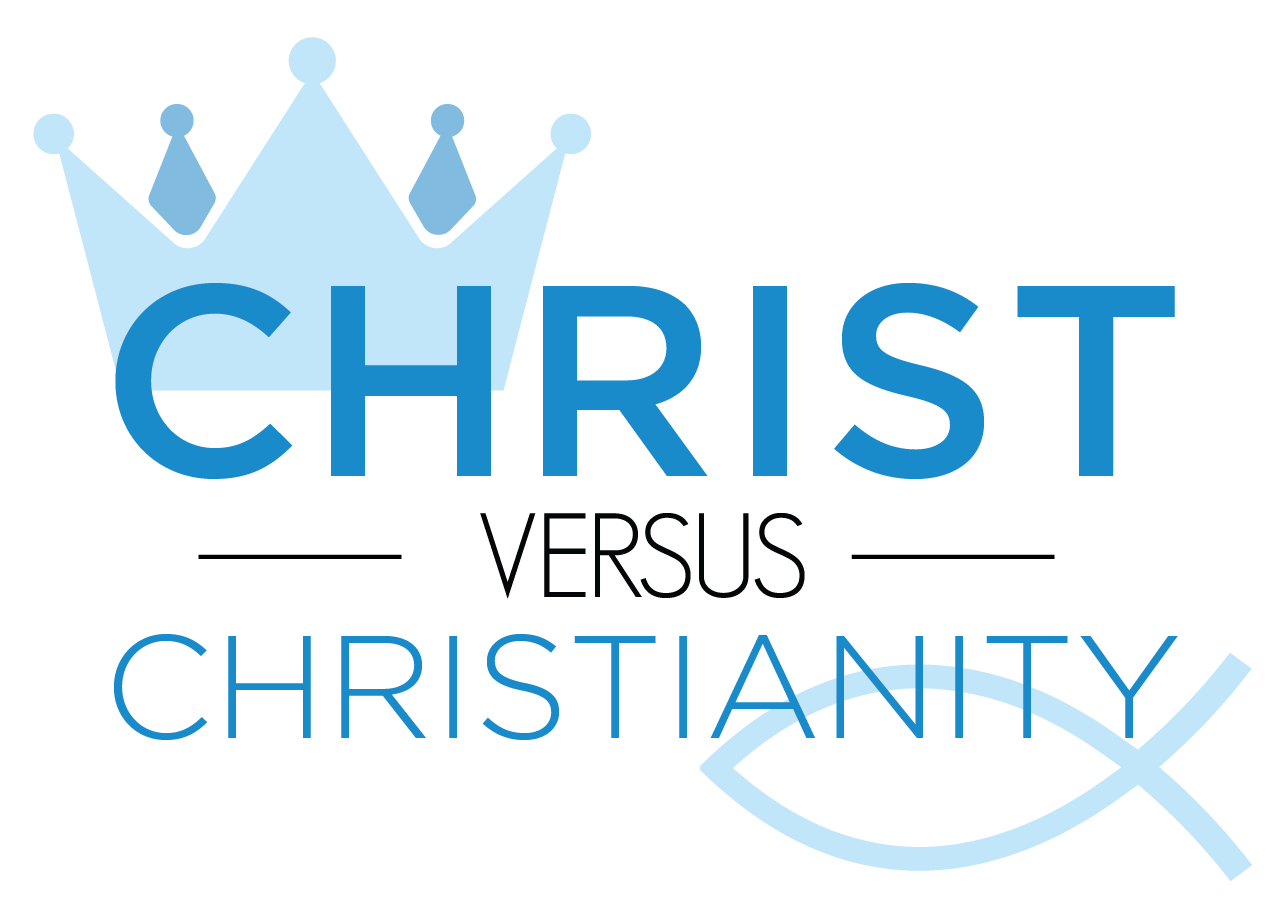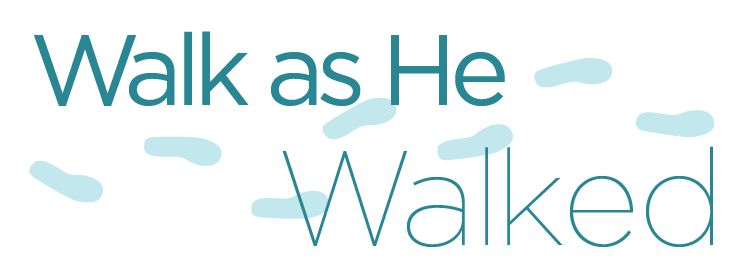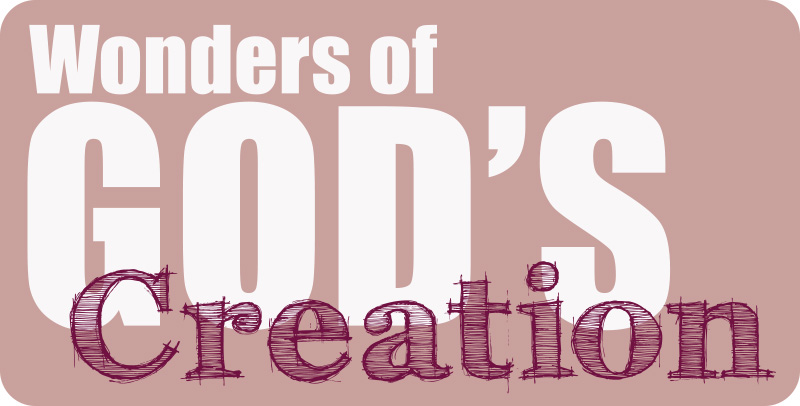
Guide Our Feet Into the Way of Peace
Aspirations of peace stand in sharp contrast to the reality of war. It won’t always be this way.
Yamoussoukro was a dusty African village of 500 inhabitants until the president of Côte d’Ivoire, Félix Houphouët-Boigny, decided to make his birthplace the nation’s capital. Massive structures were built: the House of Deputies, the Presidential Palace, a polytechnic university, a towering Hôtel du Président.
Basilica of Our Lady of Peace
But the most striking is the city’s Catholic basilica, built at a cost of at least $300 million, drawn from the president’s personal fortune. It was built to emulate (and rival) St. Peter’s Basilica in Rome.
The Basilica of Our Lady of Peace in Yamoussoukro, Côte d’Ivoire.
As one approaches Yamoussoukro from any direction, the gigantic dome rises starkly from the savannah. There is space for 18,000 inside. The “basilica in the bush” was built in part to memorialize the builder; in one stained glass window, the president stands next to Jesus.
Presented to the Catholic Church as a personal gift, the church was consecrated by Pope John Paul II on Sept. 10, 1990, and dubbed the Basilica of Our Lady of Peace.
Sinking into civil war
Three years later, Houphouët-Boigny died after a presidency of 33 years. The country suddenly had to face contested democratic elections.
The wealth generated by the stability and economic policies of the longtime president had drawn many immigrants, predominantly Muslim, from neighboring countries into the previously Christian-dominant nation. By the early 2000s the immigrants were more numerous than the natives.
Tensions rose over who should be considered a citizen, who could run for office and who could vote.
In 2002 a civil war began. A decade after the dedication of Our Lady of Peace, the country sank into a bloody war.
During a ceasefire, I crossed several times from government-controlled territory to rebel territory to visit people interested in the Bible. Weapons were everywhere in evidence. Cities had been picked clean by looters; fear was evident on many faces.
The war raged, hot and cold, until 2011, when the “New Forces” from the north, supported by the international community, finally conquered the south.
Côte d’Ivoire, which had been an example of economic success in the region, was a shell of its former self. Reconstruction efforts are ongoing, and there is now new hope for the future of this dynamic nation, but scars remain.
The way of peace
Each time I drive past Our Lady of Peace, I think of a passage from Isaiah: “Behold, the LORD’s hand is not shortened, that it cannot save; nor His ear heavy, that it cannot hear. But your iniquities have separated you from your God. …
“The way of peace they have not known, and there is no justice in their ways; they have made themselves crooked paths; whoever takes that way shall not know peace” (Isaiah 59:1-2, 8).
That passage sums up much of human history. We long for peace, but don’t know how to achieve it, and we aren’t willing to give what is necessary to have and maintain it. As long as man pursues whatever seems right to him, he shall not know peace.
But there is another prophecy, about Jesus Christ, that gives hope.
He would come “to give light to those who sit in darkness and the shadow of death, to guide our feet into the way of peace” (Luke 1:79).
There is a way of peace, though humanity can’t find it by itself. The Bible promises that Jesus Christ, soon to rule as King of Kings, will finally install it. Gone will be the contradiction between huge buildings dedicated to peace witnessing tragic bloodshed. We shall all soon be guided into the way of peace.
—Joel Meeker
@JoelMeeker



